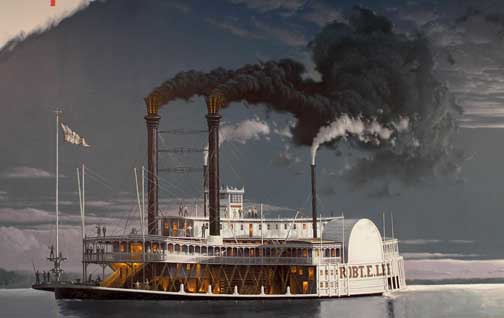

The Robt. E. Lee is complete. Although Captain Cannon's steamboat was not the grandest vessel of this type to serve on the inland waterways of America, she embodies the majestic image of the 19th century icon of the rivers. With her eight boilers at full capacity, she steamed past Cape Girardeau, Missouri at 10:45 pm July 3, 1870.
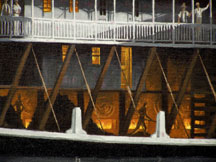
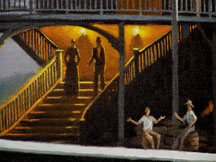
As we examine the image of the Robt. E. Lee, the internal workings of the steamboat become evident as the glow in the main deck is created by the open doors of the fire boxes that feed heat to the eight boilers. A steamboat fuctions by pulling river water into the boilers, the round objects above the rectangular fire box openings shown above. Each boiler was approximatly three feet in diameter and twenty-six feet in length. The heat from the fire boxes, fueled by wood or coal, would turn the water into steam. Steam pressure would build and be forced into the engines. The hotter the fire, the more steam. The greater density of steam, the more pressure. The more steam pressure, the faster the boat would go. We see the above firemen feeding coal into the fires as fast as they can. As an extra source of energy, fatty meat was thrown in the fire. Have you ever experienced a grease fire? If you have, you will know how a fatty ham would make those racing fires glow.
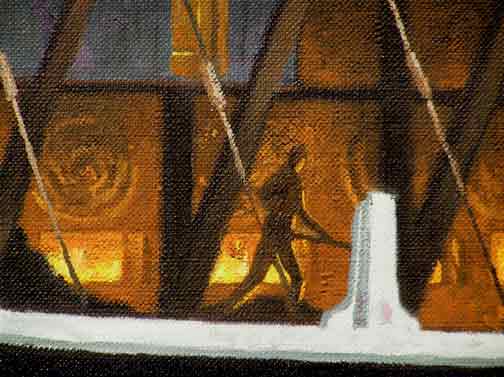
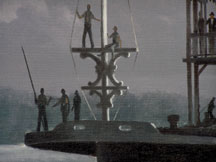
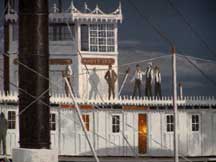
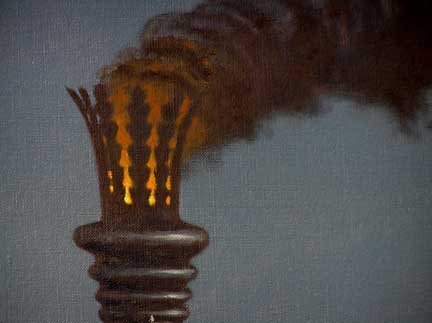
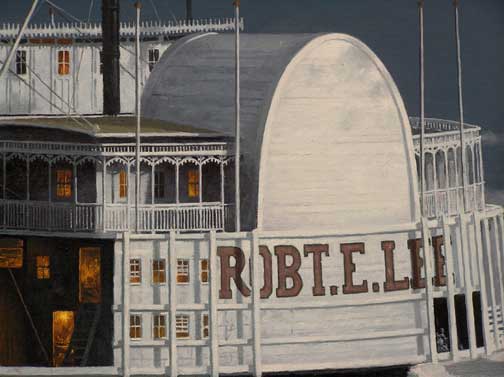
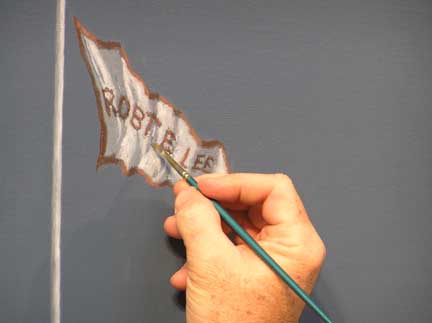
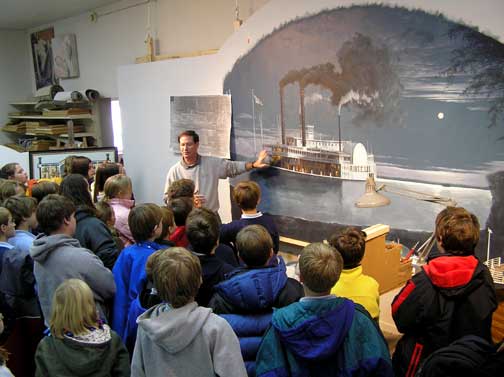
I try to have school kids visit the studio as time will allow. It is an excellent learning experience for the troops. We talk about the work and the history behind the work, two subjects at the same time, art and history. This is the 5th grade class from St. Francis Borgia Elementary, Washington, MO. They are located only two blocks from the studio, just a short walk.
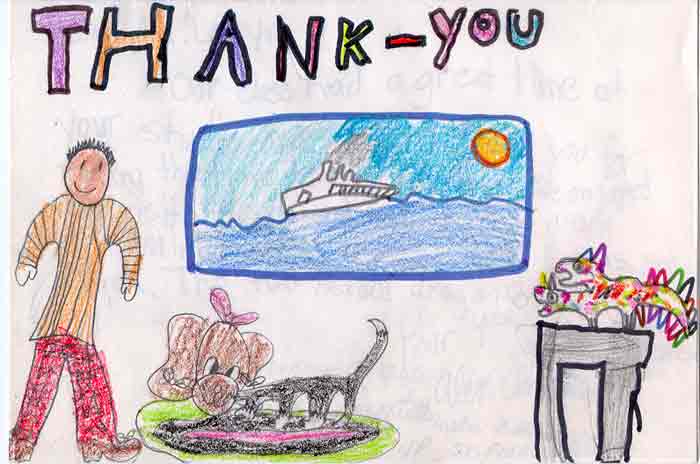
Over the years I have collected thousands of thank you cards from visiting students. It is a good opportunity for their teacher to have an activity on art and composition. This card is from 4th grade students, Alex Andrews, Andrew Timpe, Allison Unnerstall, Brianna Hanneken, and Austin Gildehaus, at St. Francis Borgia Elementary. I think the artwork is by Alex Andrews. The card was signed by all. I chose this card because it outlines the observance of the troops that come through the studio. The students enjoy the art work, however, everyone remembers our dog, Snookie Dog. Above please note Snookie at bottom center with a pink bow in her hair. Snookie is a lovely female dog, thus the pink bow. See her photo below. In the righthand corner, you will find a rendering of my two-headed dragon. This two-headed dragon, see photo below, is made from twenty years of leftover paint. The dragon started out as one coffee can to deposit leftover paint. I filled that and then another. I then made an arch between the two full cans. A dragon's head grew from the arch. The rest of the growing process is history resulting in a two-headed dragon. The mural is in the center and I think that is yours truly to the left of the composition.
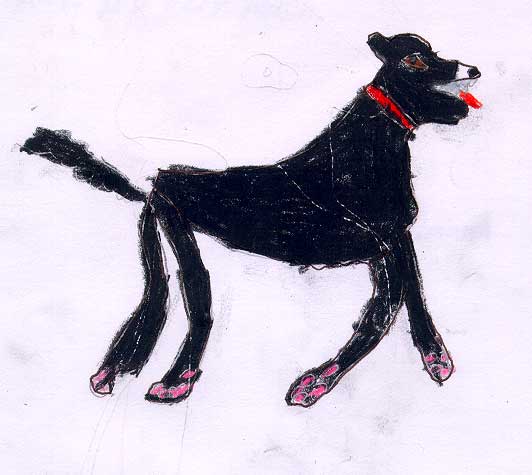
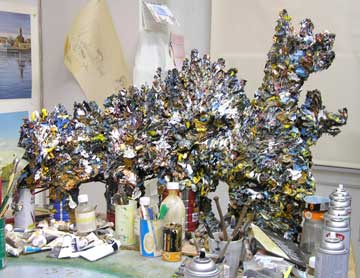


All the best to you,
